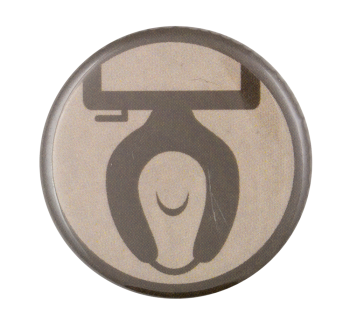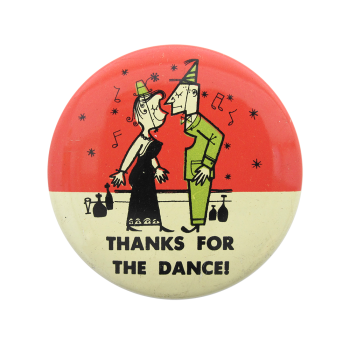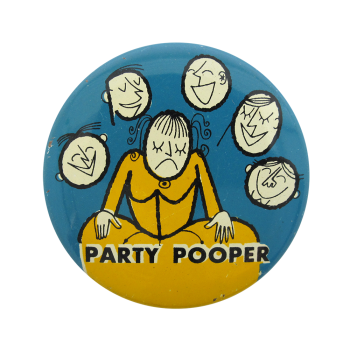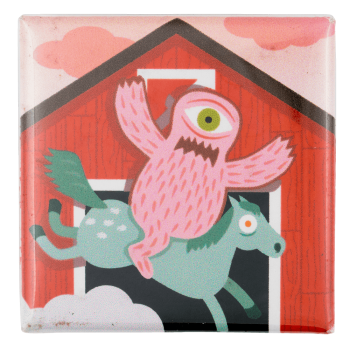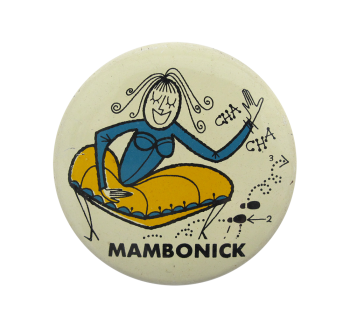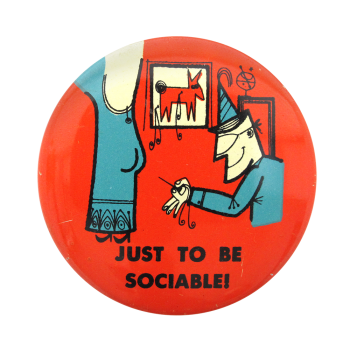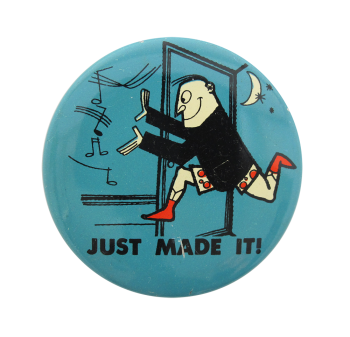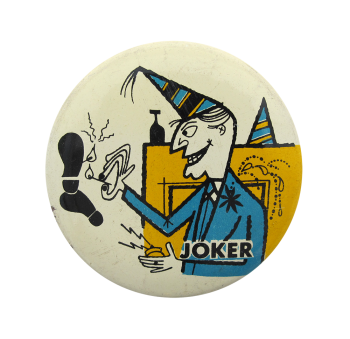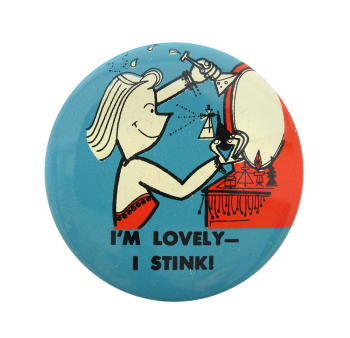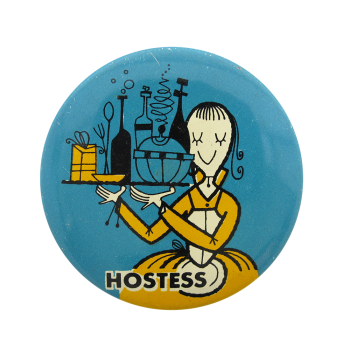Toilet Graphic
| Category | |
|---|---|
| Additional Images | |
| Sub Categories | |
| Image Description | An illustration of a toilet looking down from above. |
| Back Style | |
| The Shape | |
| The Size | |
| The Manufacturer | |
| Additional Information | Have info on this button? Contact us here. |
| Catalog ID | AR0136 |

